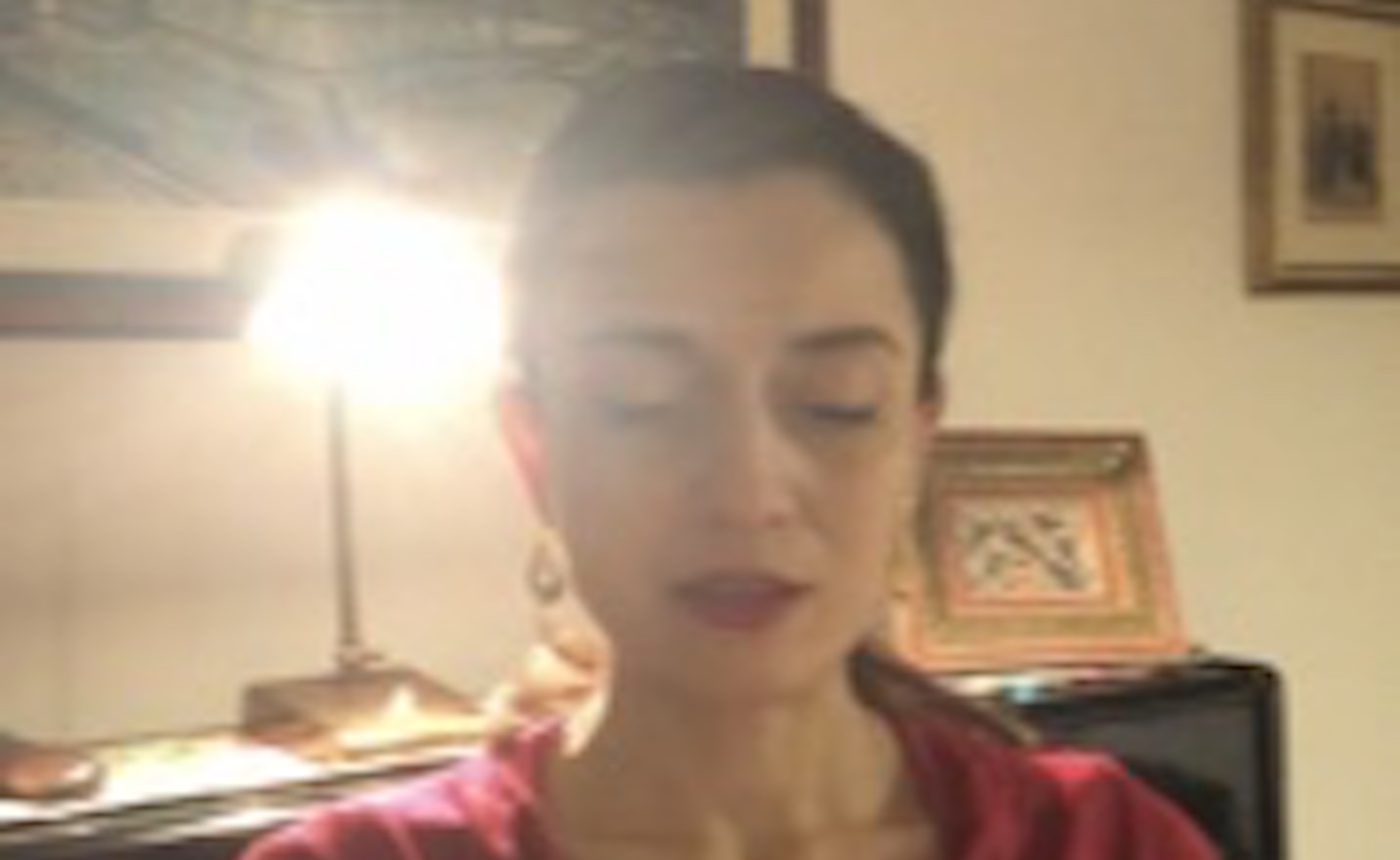If it is true that Leonardo has been the only one among the tree great not to be called by pope Giulio II in that crucial 1508, it’s also true that he lived inside the Vatican walls in the Villa Belvedere. He didn’t realized a lot in terms of quantity of masterpieces but those he realized are of enormous importance and his own presence in Rome has been of a crucial importance.
” Partii da Milano per Roma, ad 24 di settembre 1513 “
“I left Milan for rome on the 24th of September 1513”
At that time Raffaello was working in the Vatican for Pope Leone X and even if we don’t exactly know which were exactly the apartments of Leonardo for sure he saw the Rooms of Raffaello that were completed at that time as well has the others ha was painting right at that time for the Pope in the southern part of the Vatican Palace with a view directly on the villa were Leonardo was living.
As a matter of fact the two artists were in contact and they also had the same patron, Giuliano de Medici, of whom Raffaello realized a famous portrait the best copy of which is at The Metropolitan Museum. Vettori, the biographer of Giuliano and also florentine ambassador in Rome and friend of Machiavelli, wrote about him “più presto da Corte che da guerra” (more prepared for the court than for the war) and also that his greater passions were in the order ” il sesso, il lusso ed il mecenatismo delle arti” (sex, luxury and the patronage of Arts). Despite his historic weight has been less than the one of his brother, the Pope Leone X, it must be recognized his ability in understanding the talent of others, particularly he recognized Leonardo’s genius giving him a salary for tree years and letting him in his home right when Leonardo’s carrier as a painter had been seriously compromised because of the failure of the Battle of Angari.
Raffaello, 30 years younger than Leonardo has been deeply impressed by him , not by single technique details but by the concepts behind Leonardo studies and works. His portrait prospectives even in the famous “La Fornarina” , the frescos of the Battle of Ponte Milvio (or of Costantino), realized by his pupil Giulio Romano, but the general composition and guide lines of which are surely of Raffaello. and seems to be the pictorial translation of Leonardo’s writings:
“You will realize before the smoke coming from the artillery, mixed within the air and the dust moved by the horses of the knights and you will use this mix as follows: the dust which comes from the ground and has a specific weight, although for its thinness easily arises and get mixed with the air, with the same easiness follows down, hence what goes up his the thinnest portion of it which will consequently be seen almost as with the same color of the air. The smoke mixed within the dusted air will look like dark clouds more and more as it goes up so that at the top smoke will be more visible than dust”
“Farai prima il fumo dell’artiglieria mischiato infra l’aria insieme con la polvere mossa dal movimento de’ cavalli de’ combattitori;la qual mistione userai così: la polvere, perchè è cosa terrestre e ponderosa, e benchè per la sua sottilità facilmente si levi e mischi infra l’aria, nientedimeno volentieri ritorna in basso, ed il suo sommo montare è fatto dalla parte più sottile; adunque il meno sarà veduta, e parrà quasi del color dell’aria. Il fumo che si mischia infra l’aria polverata, quando più s’alza a certa altezza, parrà oscure nuvole, e vedrassi nelle sommità più espeditamente il fumo che la polvere. […]”
[Leonardo da Vinci – Trattato della Pittura]
Giorgio Vasari didn’t love Leonardo, dedicated to Alchimia, mirrors and futile jet ingenious experiments, too much jet he had to recognized his greatness even when comparing him to Raffaello:
” even with all his diligence and study, in some difficulties Raffaello couldn’t reach Leonardo and even if many think he has been greater for what concerns sweetness and naturale easiness, he has never been greater in conceptual foundations and greatness of Art in which very few have been close to Leonardo and Raffaello like anybody else for grace of colors”
” […] per diligenza o studio che facesse, in alcune difficoltà non poté Raffaello passare Leonardo e sebbene pare a molti che egli lo passasse nella dolcezza e in una certa facilità naturale, egli nondimeno non gli fu punto superiore in un certo fondamento terribile di concetti e grandezze d’arte nel che pochi sono stati pari a Leonardo, ma Raffaello se gli è avvicinato bene più che nessun altro pittore e massimamente nella grazia dei colori “
[Giorgio Vasari, Biografia di Raffaello, 1568]
The Roman period of between 1513 and 1516 was everything but insignificant for Art History.

